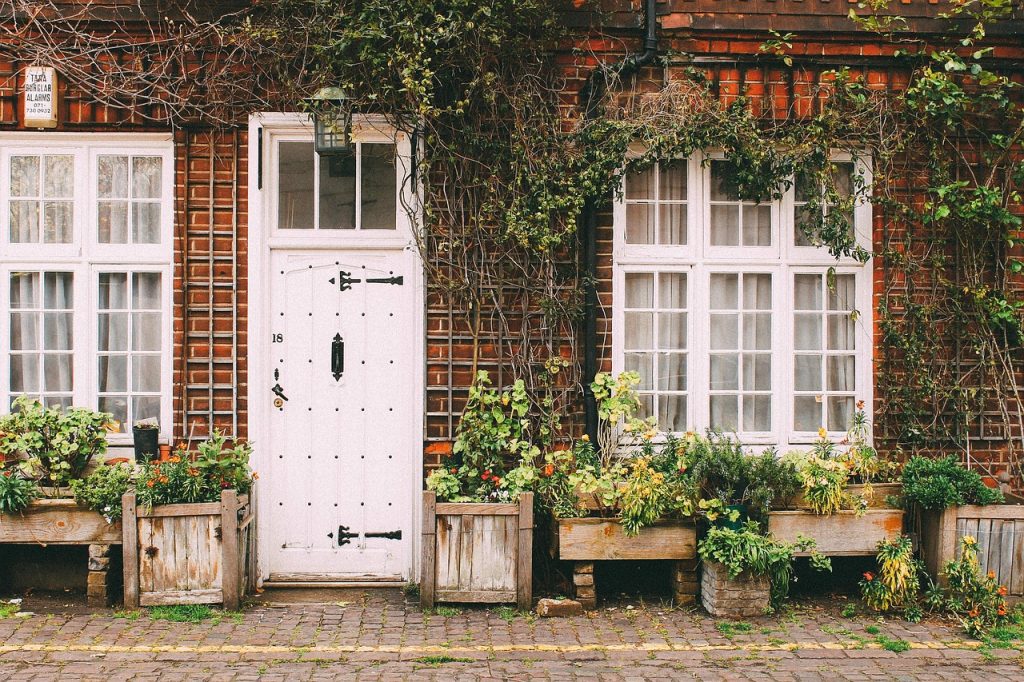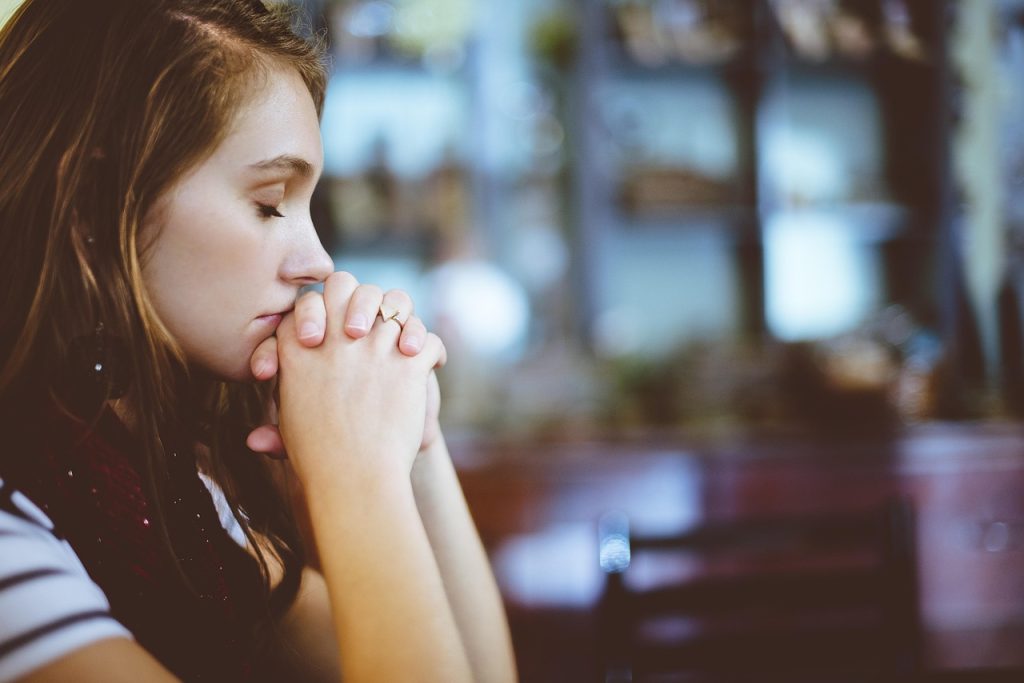For those who have read my previous blogs, you will be aware that just over a year ago I was placed in a Mental Health Crisis Home as an alternative to hospital admission.
In this blog I will explain the before, the during and the aftermath of a crisis home, as someone who is still feeling its effects to this day.

How I Was Referred
Following a difficult period, I was referred to the Community Mental Health Team, who would conduct daily home visits to ensure my wellbeing. On my second meeting, I expressed suicidal ideations and therefore was politely advised of a crisis house as an alternative to hospital admission, something less invasive but also for a shorter time period. I was asked if I wanted to go, and because I wanted help, I did. Whilst preparing I went shopping, chose some comfortable clothing and safe shoes, as I didn’t know if I would be allowed laces or strings attached to hoodies for example.
I was worried about the environment that I would face; having thoughts of nurses in white walking long bright corridors, locked and bare cell-like rooms and screams echoing from the walls. I could only compare it to what I had seen portrayed in the media in films and TV series.
Entering the Crisis Home
When I reached the crisis house, I was intrigued to see it look just like a normal home. I rang the doorbell and waited at the door with my small suitcase. The wait at the door seemed to last an eternity whilst I prepared myself for the ‘hospital smell’ the firm and almost angry-like forceful relationships and harsh lighting. The door finally opened and someone with a big smile greeted me at the door. The voice was warm and welcoming, like a friend welcoming me into their home. The first thing I noticed was the neutral, but homely colours in the hallway. There were boards up with well thought out quotes, DBT/MBT/CBT skills but it was done in such a way that it looked like well thought out and placed decorations, rather than a sticker board on a child’s bedroom wall.
The home itself was quiet, and smelt beautiful. Like vanilla and cotton candy. I was let in and shown a tour of the home.
There was an arts and crafts room with lots of materials to create ‘happy boxes’ or anything else to keep one occupied and distracted. The windows were light and bright, with a clean but ‘non clinical’ environment which immediately lowered my anxiety levels.
Across the corridor was the office, which I saw from outside. Everyone turned and gave me a wave and a smile and staff looked happy. They weren’t in uniform and were casual.
We went into the lounge which had comfortable, reclining brown leather sofas. The room itself was a sage green with golden decorative items, the curtains were thick and draped down at either side of the French doors leading out to the garden. It was a surprisingly sunny but cold day, so the light beamed over the pond at the far left end and shone through into the room. This is also where I saw two of the other patients for the first time too. I don’t know what I was expecting, but it was not a man in his late 80’s and then a 6 foot 5 young man. They were both just watching TV with a cup of tea, and they turned to greet me. It saddened me that such a wide variety of people were there, just going to show how everyone can need help, regardless of age, gender, build, race or sexuality, just to name a few.
We then walked into a humongous kitchen where everyone had a designated shelf and basket for their food items as well as communal items for our comfort such as herbal teas, coffee and other warm drinks and basic wants like cordial and bread. The kitchen also led out to the garden and was bright and airy but warmed with dark oak and stone tiling.
We walked out to the garden with seating, bird baths, a pond, an archway to the front garden and everything from rose bushes to tulips.

We then went to view my room, which was upstairs. I was let in and shown my medicine cabinet. I was so surprised that no count was conducted, and that I was in control of my own medication. Okay, from what I had already seen it was apparent that I wasn’t going to be placed into a strait jacket but I didn’t expect this level of autonomy or trust within the setting. I was informed of how the medicine cabinet worked and left to settle in. I had a soft bed with cosy bedding, I had two bedside tables with lights for my reading or journaling and an en-suite bathroom. I had a window in each room, looking out to the street with no bars, nets or restrictions. I was slightly worried on how they were going to keep me safe, as nobody had searched me or my bag, counted my medications, nor did the home seem restrictive in any way, but I also appreciated the homely feel and the warmth of the environment made me feel calmer.
Shortly after settling into my room, I walked back downstairs and accidentally entered a room that I thought was the lounge. It was an empty ‘calm room’ with fairy light walls, quotes painted delicately but bold on the wall, ocean sounds were playing from Alexa and the humidifier finally made me understand where the almost edible smell was coming from. The room had softer furnishings and a weighted blanket too, looking like something out of a show room or a luxury hotel.

The Day to Day
As relaxed as we all were, we were required to be awake and out of bed by 9 am. Routine and daylight both have immense effect on mental health, so I understand why and although all I wanted to do was stay in bed and cry, the people pleaser in me wanted to take advantage of all the help offered.
We would have some time to have breakfast and a hot drink, a bit of time in the lounge, ‘calm room’ or garden before we would all gather in the group room, joined by one, often two members of staff. This would be the same staff that worked in the building, ensuring familiarity and comfort. We were restricted on talking about our own experiences to not trigger others, but were allowed to converse with each other freely both in and out of sessions. We would be taught five modules of therapy over the course of five to seven days, with approximately five sessions a day.
I can’t deny the intensity nor difficulty of this, especially when you can’t talk about your own experiences or have one to one support.
I had CBT therapy prior to entering the crisis home, many years ago and found no benefit, so I was sceptical to say the least about therapy and hearing that it was simply teaching with no input from ourselves, was rough, but I persisted alongside my peers.

The therapy would include modules that induced skills such as good sleep hygiene, challenging cognitive distortions such as black-or-white thinking or catastophising and emotional regulation, just to name a few.
Between sessions we were free to roam about the home, and even go out unescorted, as long as we signed in and out and informed them where we were going and what time we would expect to be back. Family and friends were allowed to visit throughout the day but not allowed to stay in the home for long periods.
Breaking Misconceptions
Whilst I was expecting something out of a horror movie, I was faced with a warm, friendly, safe, supportive home. Somewhere that ever so gently and delicately allowed me the space to learn, to reflect, to rest and to heal. From other patients to the staff working there, I felt embraced and connected, despite no physical touch ever being involved (or permitted). I felt a sense of belonging and worth, like my journey mattered, like I mattered.
All the chaos in my head no option but to quieten in the calm and soothing environment and I felt emotionally rested after my week there.
Discharge
After completing my modules I was asked if I wanted to leave, as I technically was allowed to stay a little longer if I wanted or needed to. I was ready to get back to my family, but I was also scared of leaving an environment whilst feeling partially unstable and unable to keep myself as safe as I’d like. I did however, feel like I had entered with a little suitcase of clothes and left with an additional little suitcase full of emotional weapons to fight my battle, so I accepted to leave with the realisation that although this was a tremendous help, that I had to continue to my survival self-dependent. I was waved off as warmly as I was welcomed.
Things That Stuck With Me
Out of a few things that stuck with me, the first was the diversity of patients in the crisis home. From all walks of life and so incredibly different, you would have not assumed that we had a single thing in common, yet we all felt life and pain in similar ways and wanted to heal, all the same. We all cried the same tears, all had shaky hands, all tossed and turned and paced at night unable to sleep. We all got lumps in our throat when talking in therapy, we all asked for help. We all wanted to grow stronger and live better lives. There was more in common than not.
Another thing was my development. The rest, the supportive environment, being somewhere where my mental health was a priority, being validated meant so much that I found myself opening up to idea of therapy or at least the understanding that life needed to change, not just my medication. Simply finding these emotions and becoming familiar with them helped me gain an understanding of how I wanted to change my life.
Perhaps the most important thing that stuck with me though was that one of the professionals there told me that many of the staff members there had come from crisis homes and the mental health systems themselves. To know that you can be at such a low point in life and still be able to achieve great things in the future was hope, hope that I’d lost. It made me gain confidence, a want to fight harder, to learn more, to develop myself.

Returning Home
Returning home was daunting, to say the least. I wanted to feel safe, and the last time I left my home, I didn’t – so it was scary, but when I got home I knew what now helped me.
I recreated the calm room in my home, with fairy lights, my favourite items, a comfortable sofa, an Alexa, a weighted blanket and some diffusers with my favourite smells. I now realise that the calm room helps me sit with my emotions in a space that feels ‘mine’ and non intruded, safe… Sitting with my emotions helps me validate them as well as use my techniques from therapy. It’s where I go to be felt, heard and seen, even if only be myself. I have started communicating more, knowing that I am worthy of being heard by others too, as in the crisis home I was free to be ‘mentally unwell’ without any shame or stigma attached, I became more confident to request my needs being met.
To this day, I still miss the crisis home at times for the above reasons and carry the feeling I had there with me so vividly that it helps me self regulate when I’m struggling.
A Word to Pre-Crisis Home Yas
If I could go back in time and speak to the Yas that was stood at the big door of the crisis home, I would say, ”Don’t be scared, this is one of the places you’ll feel the safest in your life. This is where you’ll start your healing journey, this is where you’ll meet your true self. It’s a big step but you’ll be met with open arms and learn how to open your arms to yourself. It’s going to be okay.”
